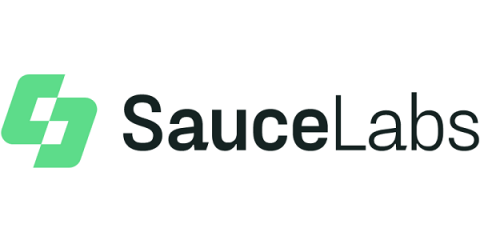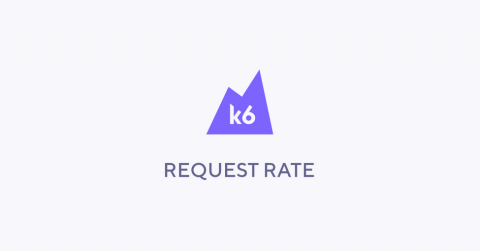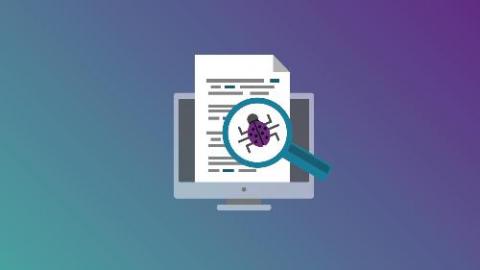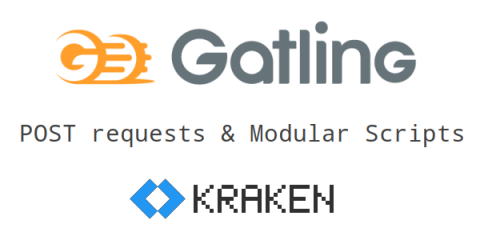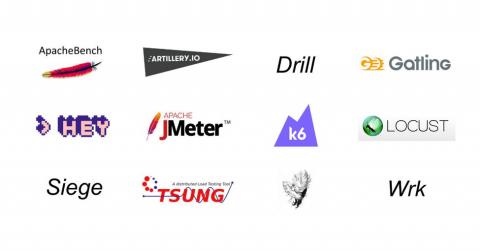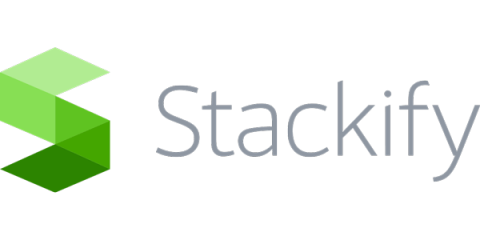How QA Teams Can Use Software Monitoring Tools
If you work in QA, you're probably accustomed to thinking of software monitoring as someone else's job. Traditionally, responsibility for monitoring applications fell to IT teams; QA's role ended with pre-deployment testing, and QA engineers did not usually touch monitoring tools. But the reality is that monitoring tools—meaning tools designed to help track application availability and performance, and also alert teams to problems—aren't just for IT teams.


